| Structure | Name/CAS No. | Articles |
|---|---|---|
 |
sucrose
CAS:57-50-1 |
|
 |
sodium dodecyl sulfate
CAS:151-21-3 |
|
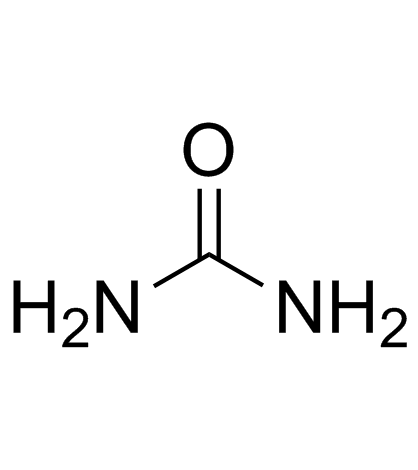 |
Urea
CAS:57-13-6 |
|
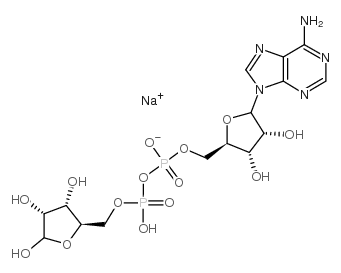 |
Adenosine 5′-diphosphoribose sodium
CAS:68414-18-6 |
|
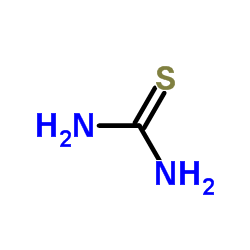 |
Thiourea
CAS:62-56-6 |
|
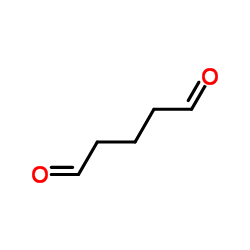 |
glutaraldehyde
CAS:111-30-8 |
|
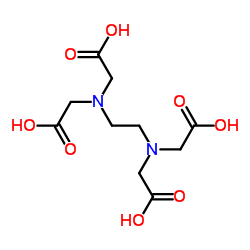 |
Ethylenediaminetetraacetic acid
CAS:60-00-4 |
|
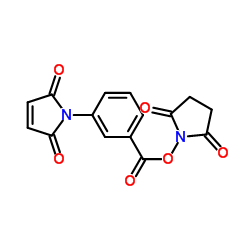 |
MBS Crosslinker
CAS:58626-38-3 |